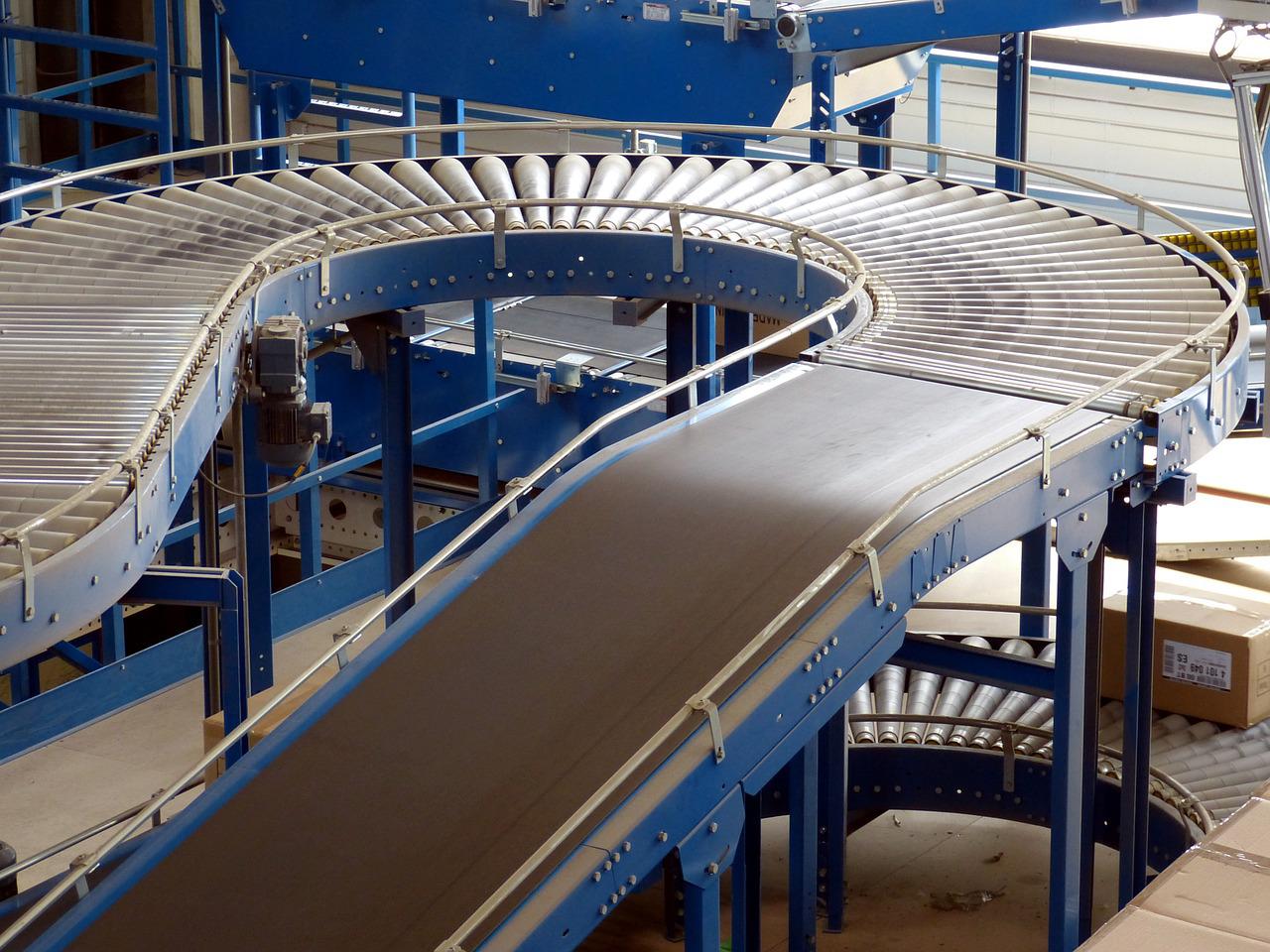Every organization relies on logistics management to make sure that shipping, distribution, and supply chain management run as smoothly as possible. Improving the logistics management process is the first step in boosting operational effectiveness and productivity for organizations looking to surpass the competition.
Here are five suggestions to help you manage your logistics more effectively:
- Plan your strategy based on the lead time from order to delivery.
The end goal of any logistics chain is customer happiness because it influences how people perceive your business. One of the most important components of the client experience and the main determinant of their perception of your business is the time it takes from the time an order is placed to the time it is delivered. No matter how skillfully you manage every other part of your business operations, it won’t matter if your customers think that your order fulfillment process takes too long. You may need to address the order fulfillment process as a whole in order to reduce lag times because numerous departments and employees are involved.
Review and update your operational procedures.
Changes to your SOPs should be made in order to reduce production inefficiencies and promote teamwork. Since a few simple steps can have a tremendous impact, this is not as difficult as it may appear. Improve the information flow throughout the logistics chain as a starting point before moving on. Use analytics data to discuss market behavior and sales flow trends with your team on a daily, weekly, and monthly basis. Implement a double-checking mechanism to prevent human mistakes and duplicate shipments. Print and display critical policy wording across the facility.
Consider redesigning the transportation system to save money and time.
In logistics, transportation is frequently the most expensive component, particularly when improper planning and execution are involved. Additionally, it plays a significant role in delivery schedules and returns on investment, particularly when goods are damaged during transit. No of the sector, a rise in transportation expenses typically results in an increase in the cost of goods.
Examine every step of your transportation process to identify the areas with the highest costs. The delivery route and load planning should come first. Choose the quickest and safest route, and use truck scales to make sure vehicles are carrying their full loads. Additionally, product packaging should be made to be as small and light as possible without sacrificing security.
Increase production by optimizing warehouse management.
Any logistics process must include proper warehouse management because it has an impact on lead times, inventory control, and even product quality. The type of goods has a significant impact on how efficiently warehouse operations operate (perishable or non-perishable, what kind of environment it requires, etc.).
Regardless of the items being stored, you can speed up operations and reduce waste by making a few adjustments. For instance, you can employ vertical columns to increase storage space and incorporate industrial weighing scales as part of your material handling equipment to assist warehouse staff in quickly and precisely weighing goods.
Accept automation and utilize new technologies.
The previous several years have seen some very innovative technical advancements, particularly in the area of commercial logistics automation. Modern tools and systems are made to decrease manual intervention and eliminate human error, which speeds up organizational efficiency and lead times. So it’s time to adopt them right away. There is a tailored solution for almost any logistics challenge you might face today, ranging from smart weighing scales that integrate with warehouse management systems and track inventory to business process and communication software that provides real-time updates for any aspect of goods movement.
The correct tools can simplify and speed up the time-consuming and complex operation of logistics management.








